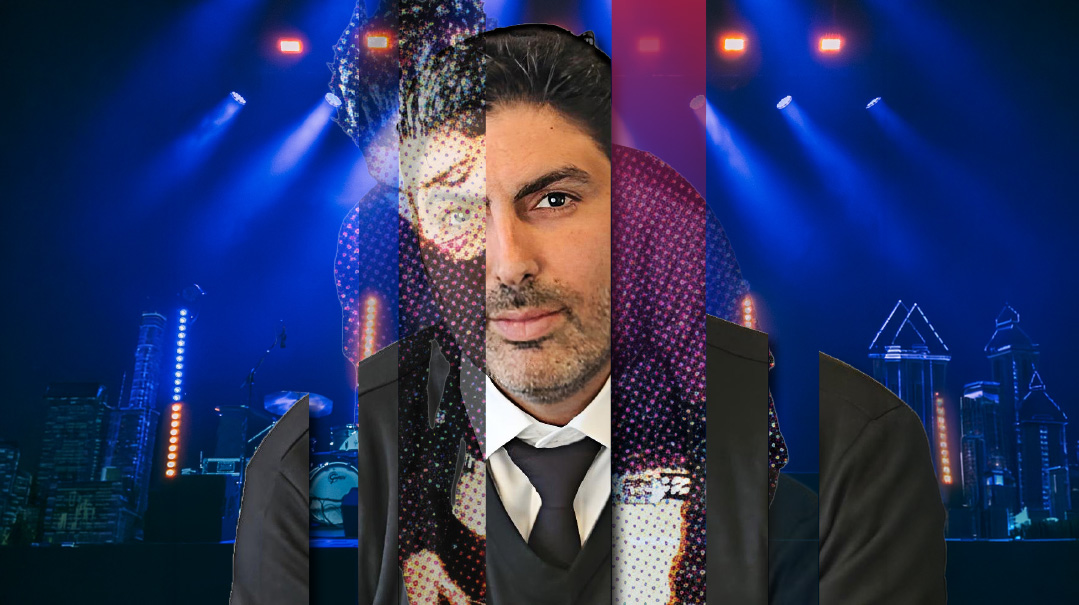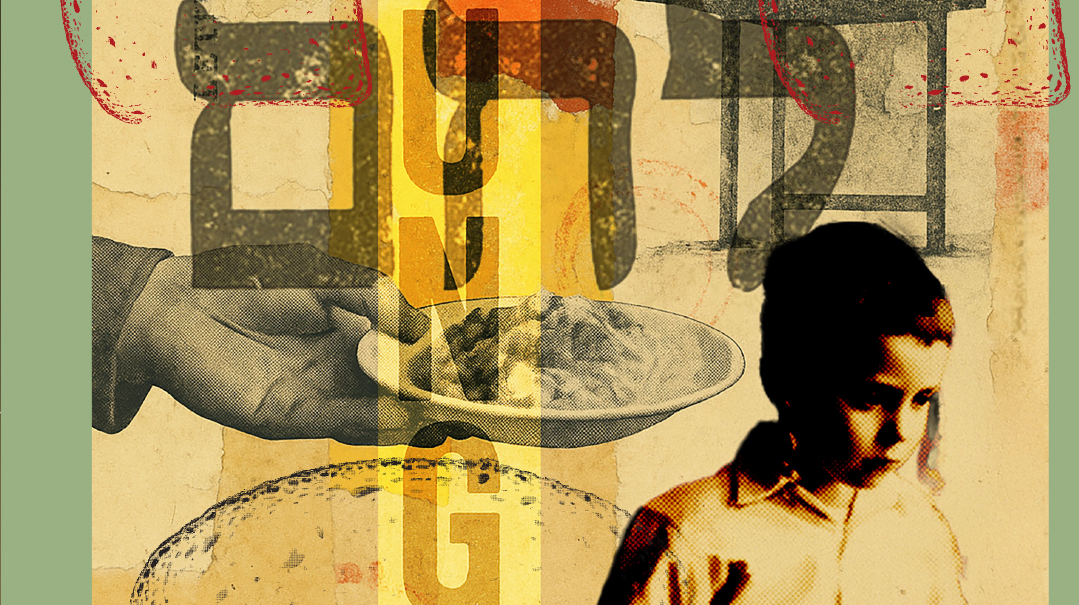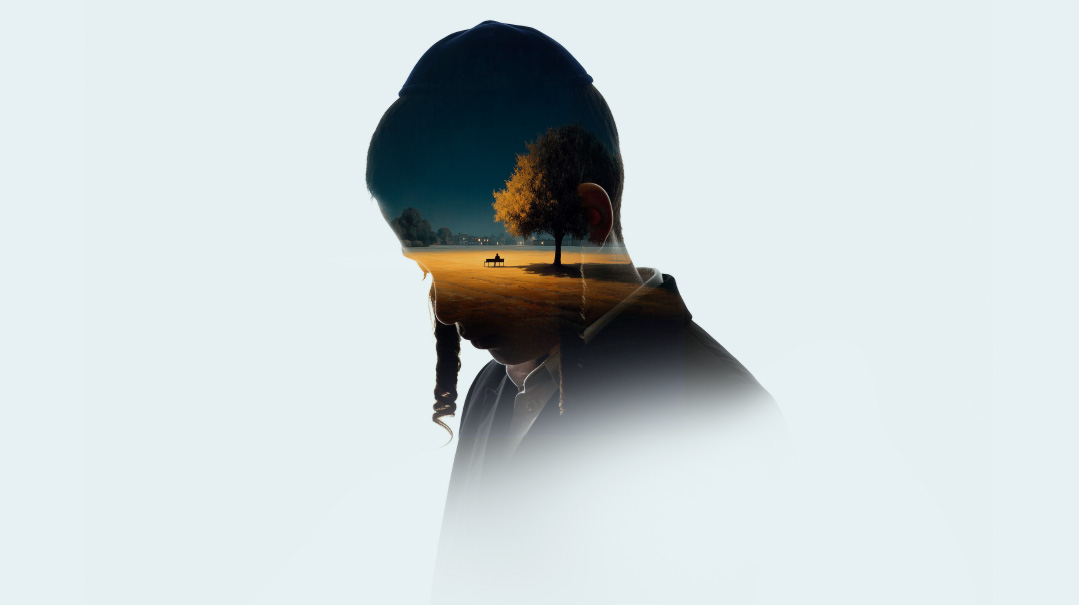Unearthing the Past
| August 2, 2022It was only after my parents died that I learned more about their horrifying past

As told by Shmuel (Sam) Zomber to his daughter Mindel Kassorla
My story begins 65 years ago, when I was a child growing up in Brooklyn. But truthfully, it began long before that, in the horrors of World War II in Poland.
When my parents married, they lived in Zduńska Wola, a Polish town not far from Lodz. In September 1939, German troops invaded the town, and over the next few months, the Jewish residents were herded into a ghetto. Somehow, my parents survived the war, but virtually none of their relatives did. I was born upon my parents’ arrival in the United States, a first-generation American — and a child of survivors.
I was raised in Brooklyn along with my younger sister, Malkie. Our home was small and quiet. Daddy and Mommy never spoke to us about the war or about the lives they led before it.
As a child, I was able to piece together a few small details about my roots. I knew my birthday, and I knew my parents had been in the States for two months by the time I was born, so I figured out when they had emigrated from Poland. But my parents were determined to leave their past behind, and it remained a mystery.
Throughout the war, my father managed to hold on to three precious items, which I still have today. One was his tefillin, which he made sure to put on every day of the war. The second was the sefer Midrash Tanchuma, which he had obtained in the ghetto in exchange for a piece of bread. Inside he inscribed the names of his murdered siblings.
The third item was a photo of a four-year-old girl holding a toy wheelbarrow .
“Who is this?” I once innocently asked my father.
“That picture was taken in the ghetto,” he answered. “She was one of your sisters.”
And that was it.
In time, I learned that she was one of four children, ranging in ages from two to eight at the time they were killed.
Oops! We could not locate your form.







